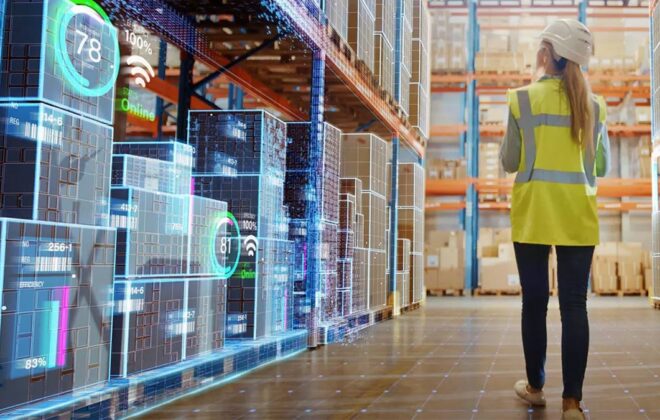Four Reasons Retailers Should Pay Attention to Reverse Logistics
Reverse Logistics
Often, retailers emphasize the need for an agile and cost-efficient movement of freight to stores or customers but fail to acknowledge reverse logistics hence leading to missed opportunities for the entire consumer goods supply chain. Through the multi-channel model, consumers are able to buy anytime and anywhere hence making it necessary for retailers to focus of four important logistics.

The first reason why retailers need to focus on reverse logistics is to increase the rate of returns. The National Retail Federation and Retail Equation estimates the average customer returns to be between 8-9% of the total retail sales. The shifting consumer habits require businesses to start operating online since that is where most of the customers now are.
Secondly, the demand for flexible returns requires businesses to adhere to the “buy anywhere, return anywhere” policy in order to remain competitive. Initially, the traditional store evolved differently and independently from the online store. However, this has changed over the recent years making the existing structures quite inconsistent and ineffective leading to unsatisfied customers. At the same time, the unique challenge of providing customers with products anywhere anytime also means new opportunities for retailers to device new policies into the system.
The third reason pertains to compliance challenges where retailers rely on the laws that dictate the proper handling, shipping, and disposing of merchandise associated with them. Since federal agencies closely control and monitor, retailers often face many challenges with returned goods due to their condition. According to the Consumer Product Safety Commission, product recalls on the consumers’ side have increased by 14% mainly because an increased focus on the product and food safety tends to increase the number of recalls. Since such recalls tend to cost money, time and reputation, many companies find themselves in need of an effective returns management program.
Fourth, returns are becoming mainstream in today’s business environment. Amazon took the frontline in influencing consumers to accept open box items and warehouse deals. Since many consumers are looking for pocket friendly products, retailers now have a large market for their returned products. Instead of perceiving reverse logistics as a mere cost center, managers now perceive it as a strategy that provides competitive advantage against other companies in the market. Such a strategy can help increase value from returns occurring from products such as household items, apparel, and furniture among others.



